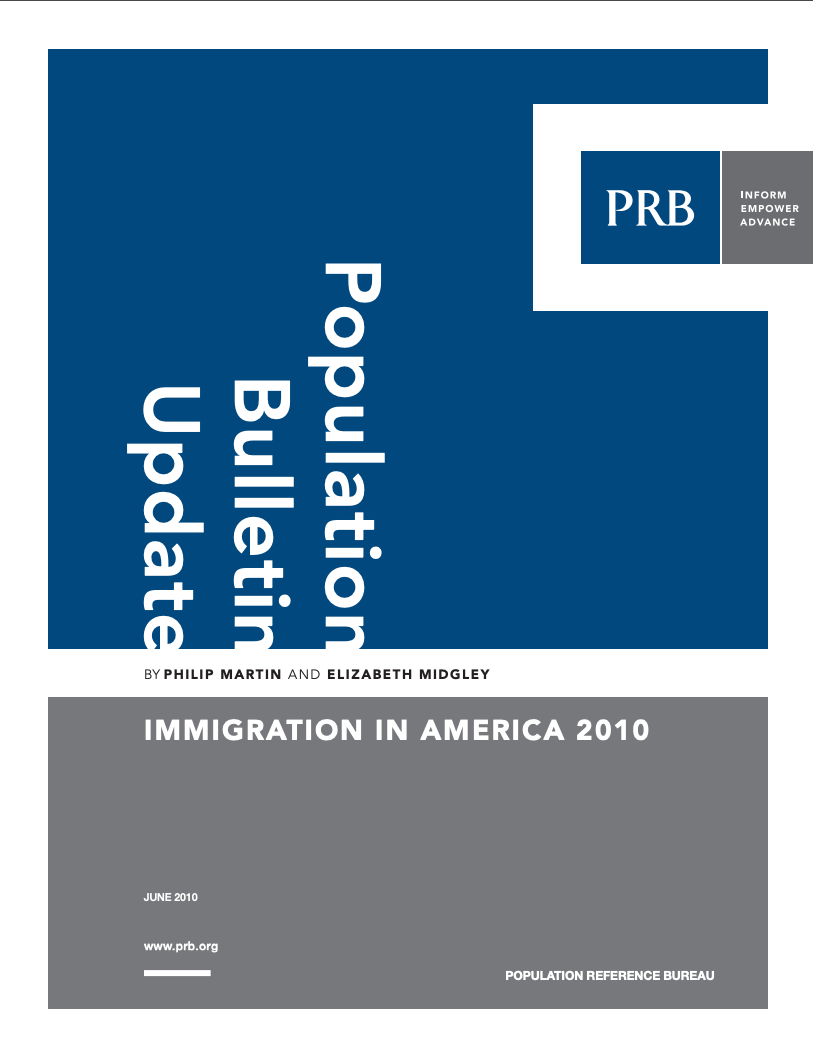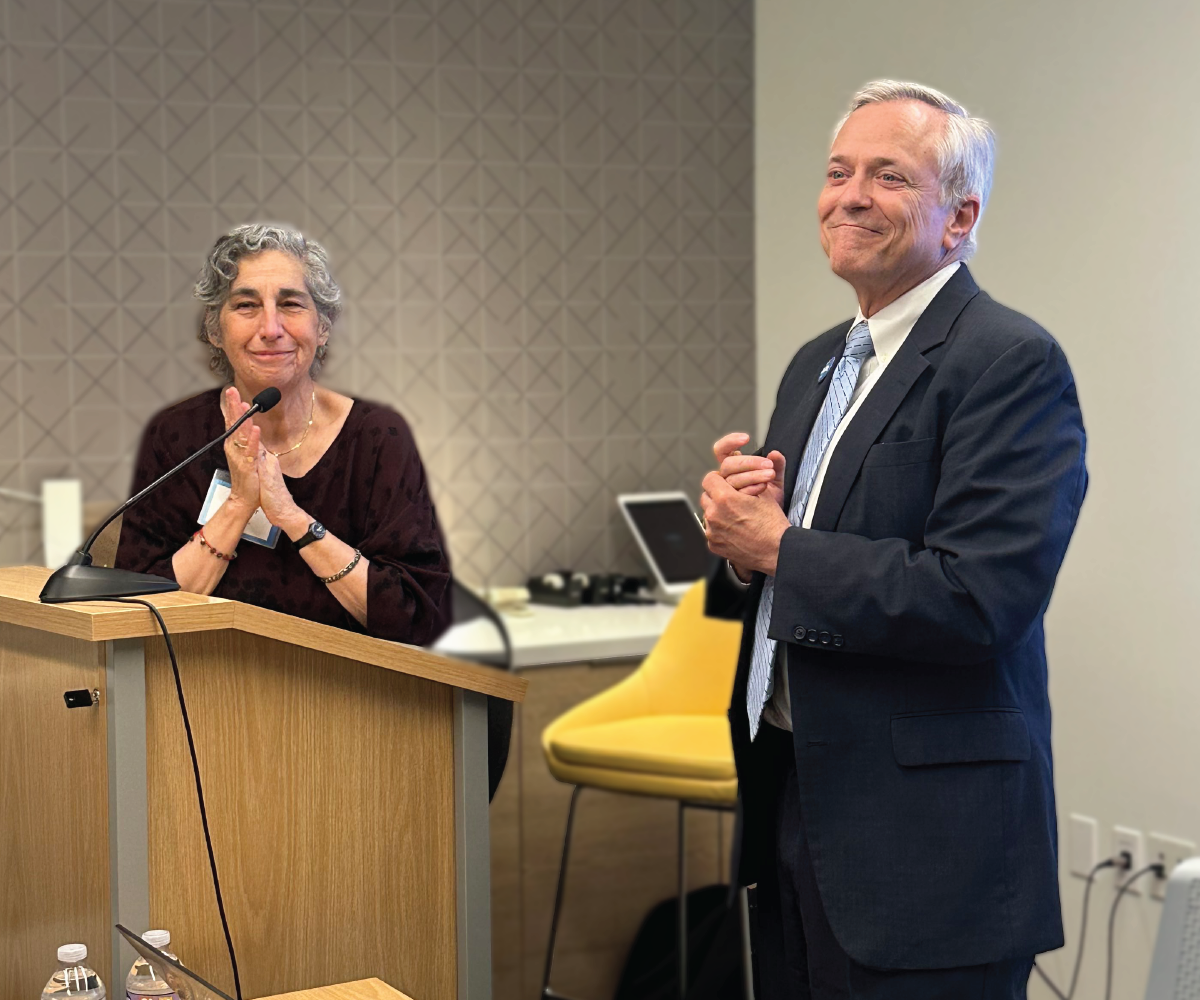535 Search Results Found For : "climate change"

Population Bulletin Update: Immigration in America 2010 (PDF)
This Population Bulletin Update is a follow-up to 2006's Population Bulletin, "Immigration: Shaping and Reshaping America" by Phil Martin and Elizabeth Midgley, and provides new data and analysis on the economic impacts and policy debates around immigration.

Thanking Jeff Jordan, a Strong and Gracious Leader
PRB Board Chair Jennifer Madans remarks on the tenure of President and CEO Jeffrey Jordan as he approaches his retirement.

Project: Evidence to End Female Genital Mutilation/Cutting
Report. A State-of-the-Art Synthesis On Female Genital Mutilation/Cutting (Update)
(2016) Efforts to end female genital mutilation/cutting (FGM/C) are a rising priority on many national and global agendas. Thus it is imperative to have a clear understanding of the scale and scope of the practice, and where it occurs, as well as the dynamics of change and the broader context surrounding it.
South Korea’s Demographic Dividend
(2012) The countries known as the "Asian Tigers" are good examples of the advantages to be gained when changes in fertility can be a springboard for economic growth. (The Asian Tiger countries are Hong Kong, Indonesia, Malaysia, Singapore, South Korea, Taiwan, and Thailand.)

Report. Kenya’s Adolescent Reproductive Health and Development Policy: Implementation Progress and Barriers
(2013) Developed in 2003, the Adolescent Reproductive Health and Development (ARHD) Policy was the first in Kenya to focus on improving the reproductive health and well-being of adolescents and youth.1 Ten years since the policy was developed, Kenya has experienced much advancement and change in the social, economic, and political environment for ARHD.
